Matt Williams: The Carson Crusher
The Power Hitter Pantheon: Baseball’s Greatest Home Run Heroes
This project aims to determine the greatest home run hitter of all time by comparing each slugger’s statistics to the average of their era using three formulas. The final adjusted stats will then be used to compare them head-to-head with other all-time greats.
Matt Williams will be the next legendary MLB slugger examined in this study. For a brief biography of Williams, please click here.
Before analyzing Williams' career numbers, it's essential to recognize his accomplishments as a hitter. Let's examine his rankings in key hitting statistics throughout his career. Williams appeared on the MLB leaderboards in the following categories:
1993: #8 (.561)
1994: #8 (.607)
1990: #6 (301)
1993: #8 (325)
1994: #5 (270)
1990: #8 (33)
1991: #4 (34)
1993: #6 (38)
1994: #1 (43)
1993: #8 (75)
1994: #6 (62)
1994: #3 (10.35)
Now that we have a clear understanding of Williams' accomplishments, we can proceed with the career analysis. According to Baseball Reference, Williams’ official statistics reveal a total of 378 home runs over 7,000 at-bats resulting in an average of at-bats per home run 18.52 (AB/HR).
Matt Williams played in the National League (NL) from 1987 to 1996 and again from 1998 to 2003. Williams played one season in the American League (AL) in 1997. When aggregating the statistics from each of the seasons Williams competed in, the league totals include 1,283,063 at-bats and 35,501 home runs, resulting in an average of 36.14 at-bats per home run (AB/HR).
With this data, we can evaluate how Williams’ performance compared to the average NL/AL hitter of his era.
Raw Difference: 17.62
Formula: League Average – Player Career AverageImprovement Factor: 1.95x
Formula: League Average / Player Career AveragePercentage Difference: 48.75%
Formula: (League Average – Player Career Average) / League Average × 100%
AB/HR
Williams hit a home run, on average, every 18.52 at-bats. A lower AB/HR indicates better power-hitting performance, as it takes fewer at-bats to hit a home run. Across the NL and AL from 1987 to 2003 (with Williams primarily in the NL except for 1997), the average hitter required 36.14 at-bats to hit a home run.
Raw Difference
Williams needed 17.62 fewer at-bats per home run than the average hitter. This is a substantial gap, highlighting his power-hitting prowess.
Improvement Factor
Williams was nearly twice as efficient at hitting home runs as the average hitter. This suggests he was a standout power hitter.
Percentage Difference
Williams’ AB/HR was 48.75% better than the league average, reinforcing that his power output was significantly above the norm.
Williams’ 18.52 AB/HR is exceptional compared to the league’s 36.14. He was hitting home runs at nearly double the rate of the average player, placing him among the elite sluggers of his time.
The 48.75% improvement over the league average underscores that Williams wasn’t just good—he was significantly better than most hitters. This metric highlights his value as a power threat at the plate.
This places him among the top power hitters of his era, with notable consistency across a dynamic period in baseball history.
In our initial case study, we analyzed the careers of prominent Japanese and Negro League sluggers, alongside MLB greats Mickey Mantle, Alex Rodriguez, and Joe DiMaggio for comparison.
Now, let's compare Williams’ career statistics against these baseball legends to gain a clearer perspective on how he stacks up.
Matt Williams' statistics closely resemble those of Hiromitsu Kadota, a Japanese League icon ranked third all-time in NPB career home runs. Kadota (15.22/1.97x/49.32%) hit 567 home runs across 8,868 at-bats, averaging 15.64 at-bats per home run.
Among the league leaders in home runs during the 1990s, we have analyzed the power-hitting careers of the following players:
Vladimir Guerrero (14.40/1.79x/44.23%)
Vinny Castilla (13.04/1.61x/37.95%)
Tino Martinez (12.08/1.58x/36.54%)
Shawn Green (10.13/1.47x/31.94%)
Sammy Sosa (20.59/2.42x/58.73%)
Ryne Sandberg (13.89/1.47x/31.84%)
Ron Gant (16.41/1.82x/44.95%)
Rob Deer (22.42/2.33x/57.06%)
Rafael Palmeiro (15.95/1.87x/46.43%)
Mo Vaughn (16.09/1.95x/48.82%)
Mike Piazza (17.68/2.09x/52.20%)
Mickey Tettleton (16.65/1.87x/46.47%)
Raw Difference
At 17.62, Williams ranks impressively among the group. Notably, Williams edges out players like Vladimir Guerrero (14.40), Ryne Sandberg (13.89), and Rafael Palmeiro (15.95). This suggests Williams delivered a substantial edge over the league standard, showcasing his ability to rise above the norm.
Improvement Factor
A 1.95x factor means he nearly doubled the league’s benchmark relative to his baseline. Williams ties with Mo Vaughn (1.95x) and sits just behind Piazza (2.09x), Sosa (2.42x), and Deer (2.33x). He outshines Guerrero (1.79x), Palmeiro (1.87x), and Sandberg (1.47x), underscoring his consistency in surpassing expectations.
Percentage Difference
Williams’ 48.75% is stellar, ranking him among the top performers. He’s ahead of Palmeiro (46.43%), Guerrero (44.23%), and Castilla (37.95%). This high percentage highlights how significantly Williams’ performance stood out against the league average.
Williams’ metrics place him in the upper echelon of this group, rubbing shoulders with legends like Mike Piazza and Sammy Sosa. Compared to players like Vladimir Guerrero and Rafael Palmeiro, Williams holds his own and often comes out ahead. For instance, he surpasses Guerrero in all three metrics. Against Palmeiro, Williams’ higher Improvement Factor and Percentage Difference highlight his edge in efficiency and relative dominance.
If you find this content valuable and would like to support the ongoing studies and articles, your contributions via CashApp are truly appreciated.
Your support helps fund the tools, research, and time dedicated to these projects. Every contribution, no matter the size, plays an important role in keeping this work going.
If you're unable to contribute financially, sharing this article on your social media (X, Facebook, etc.), emailing it to a friend, or texting the link to a fellow baseball fan is just as valuable.
Thank you for your support!





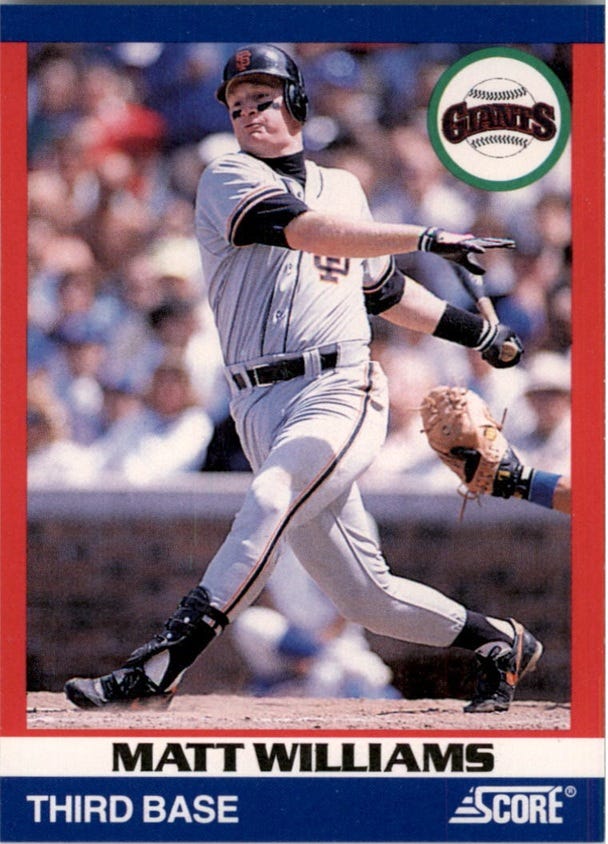
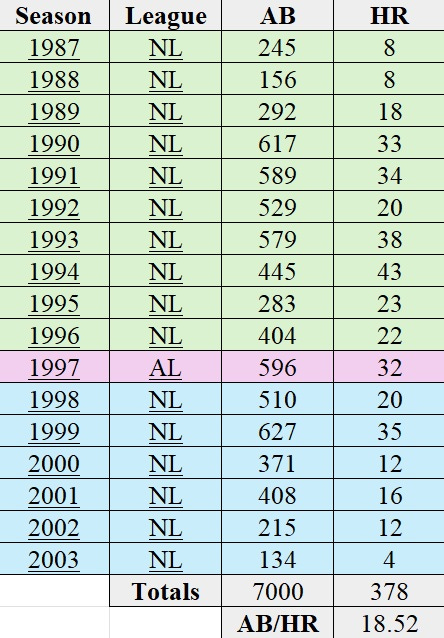
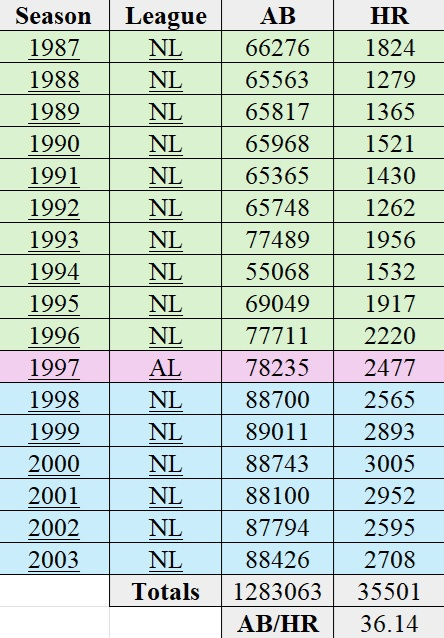
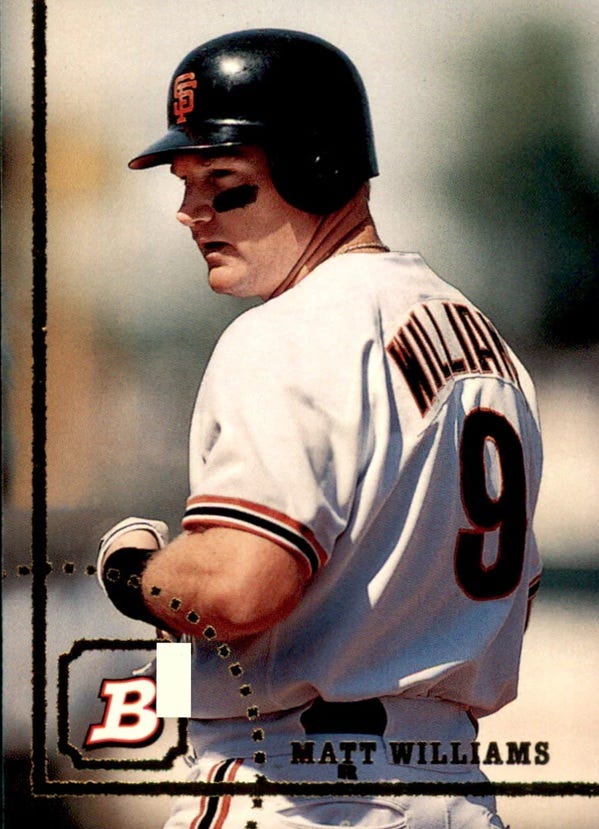

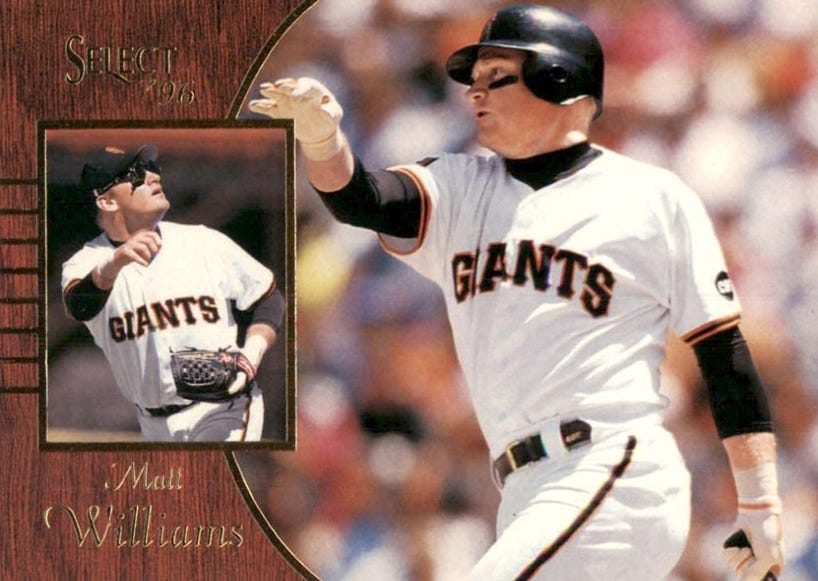

Williams gets forgotten about post 94'. He had a quiet bat as well as personality.